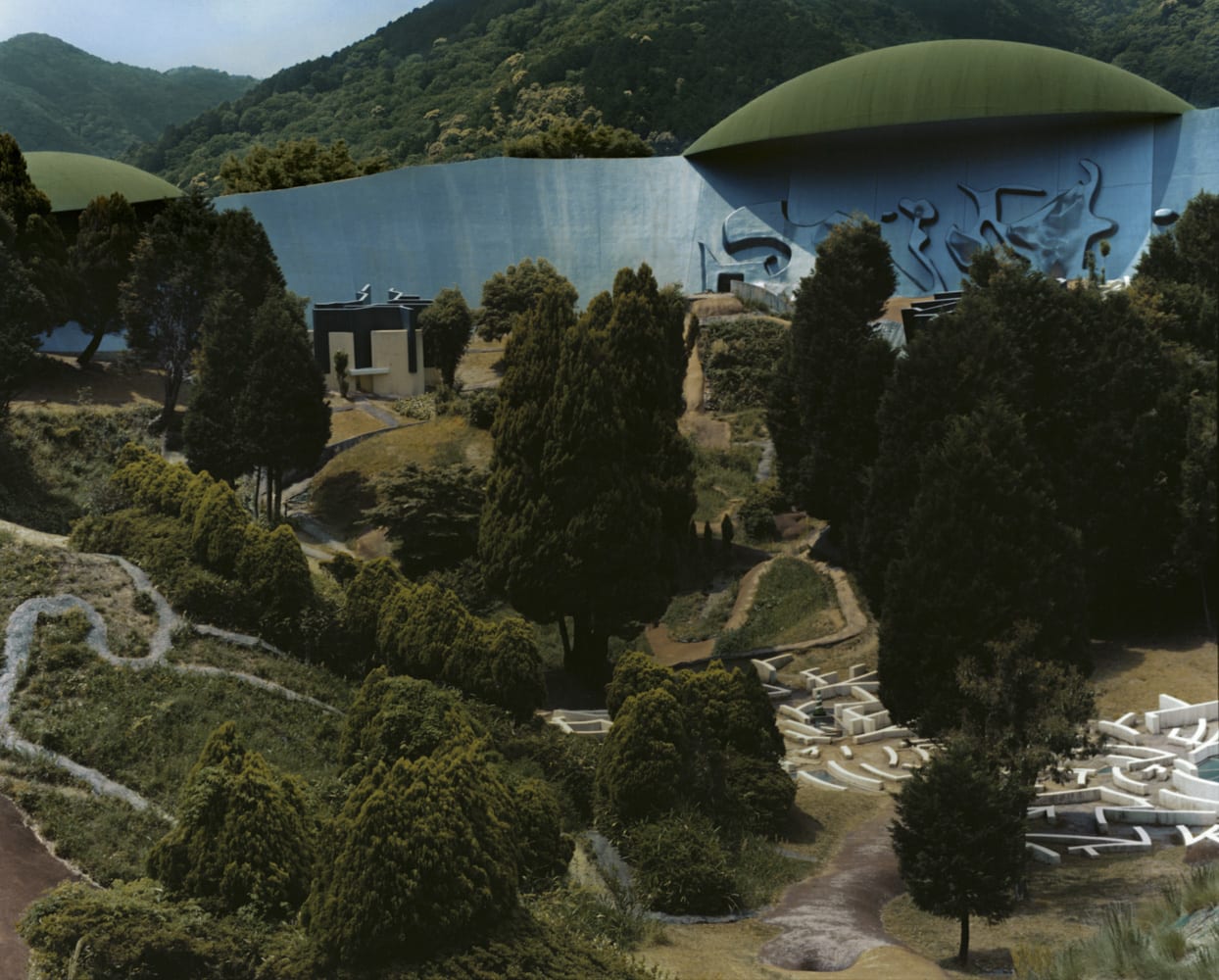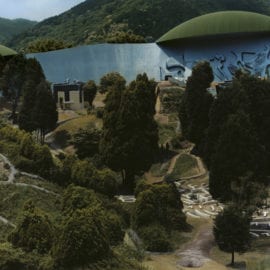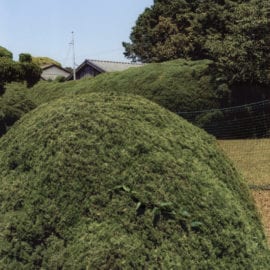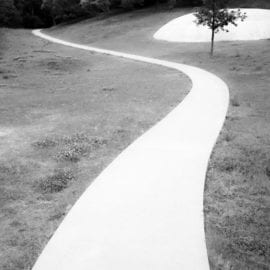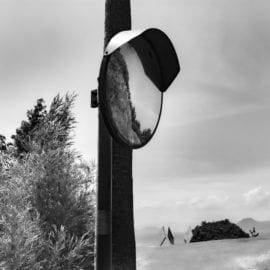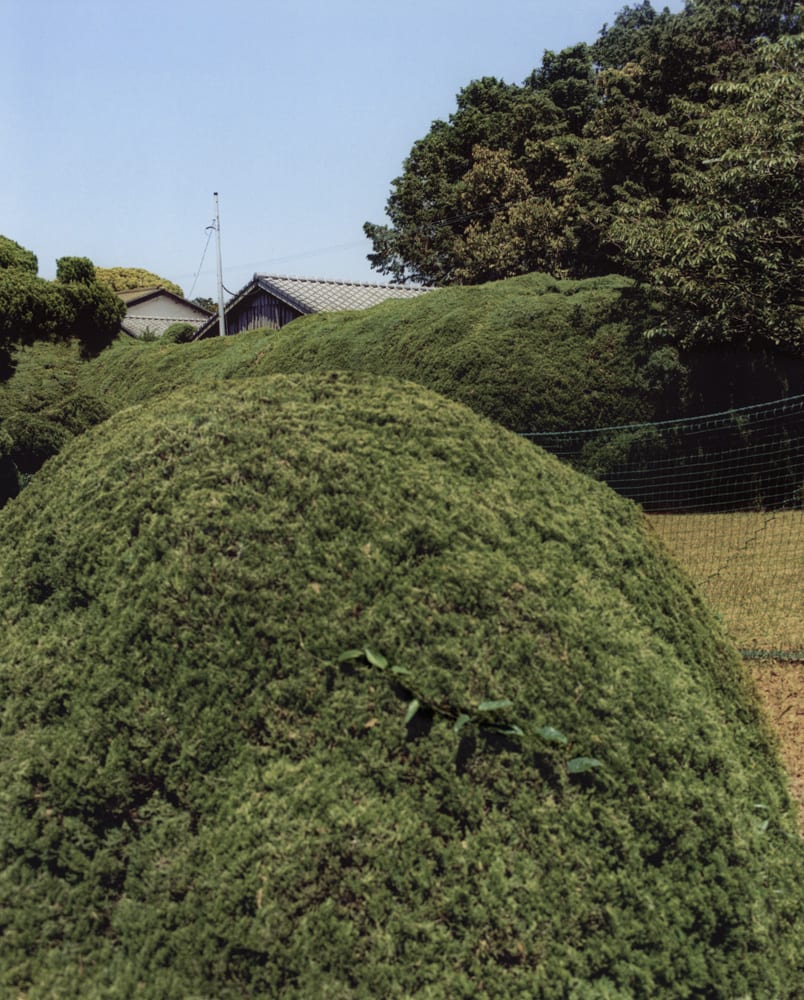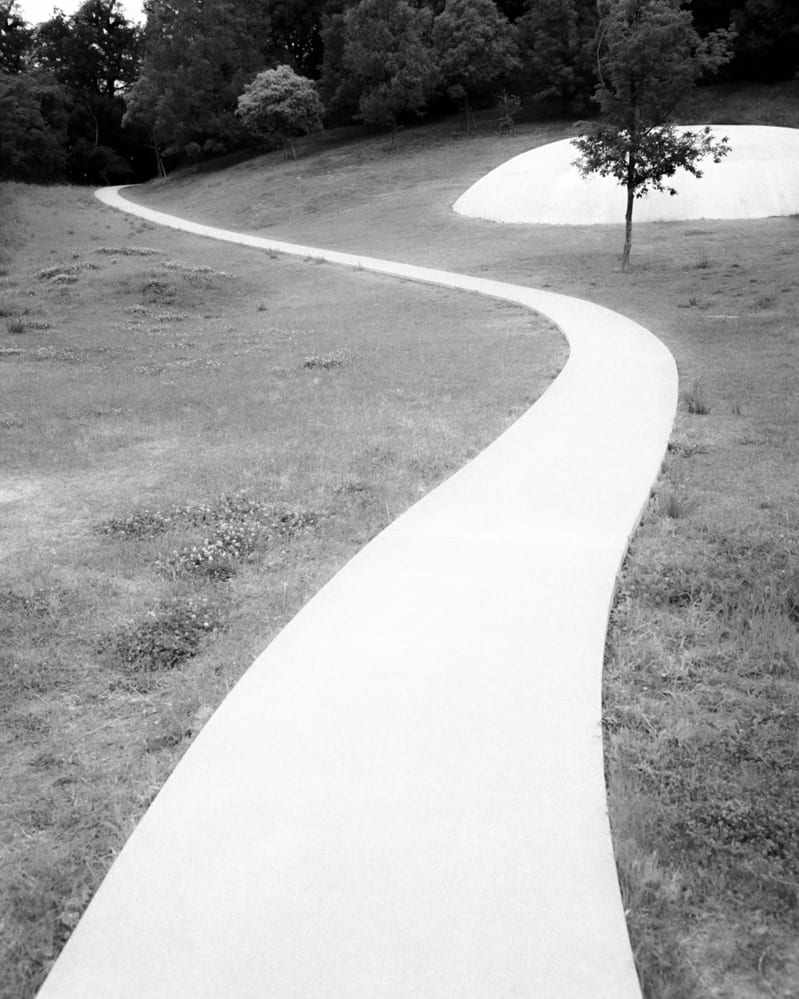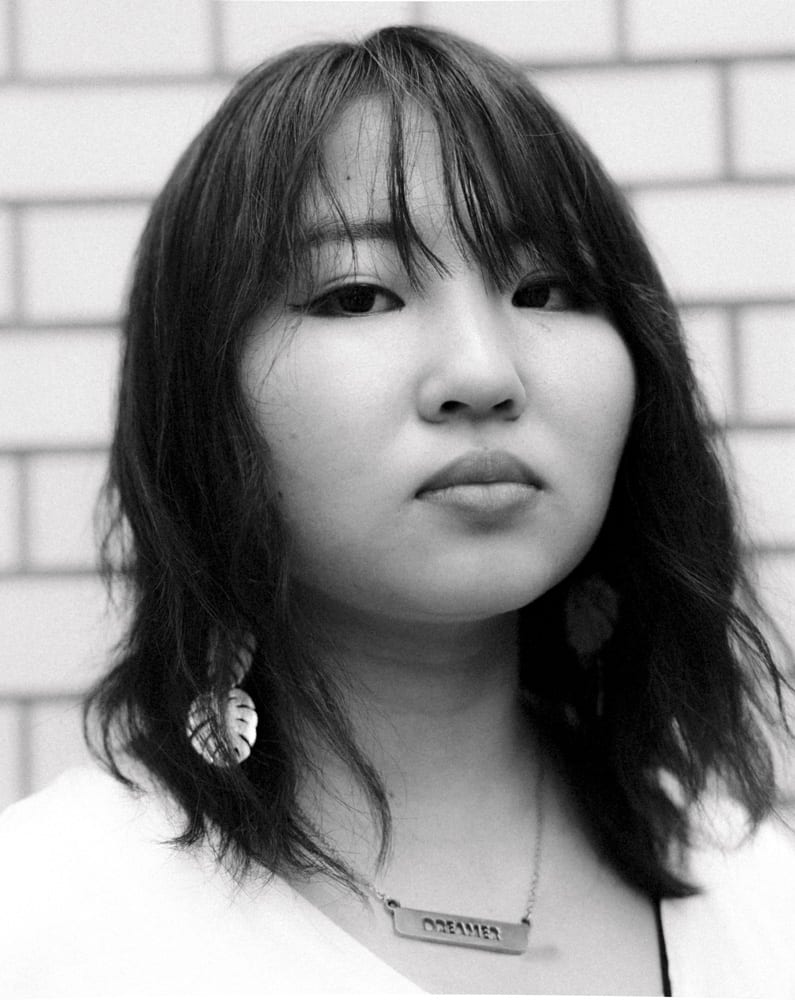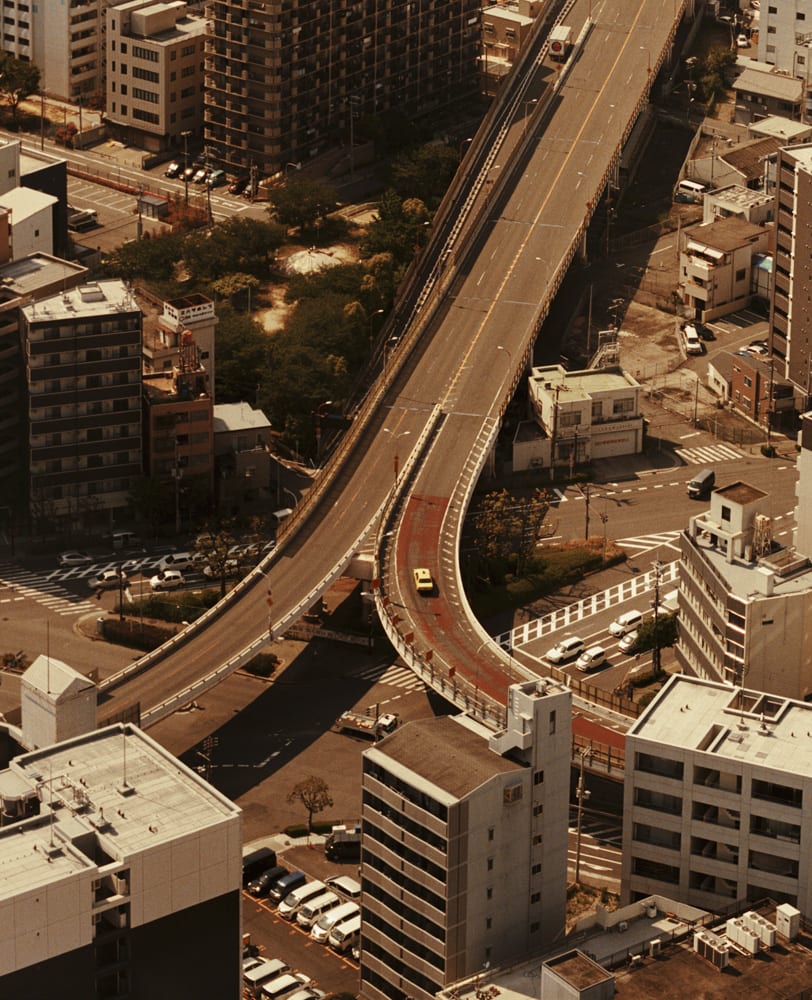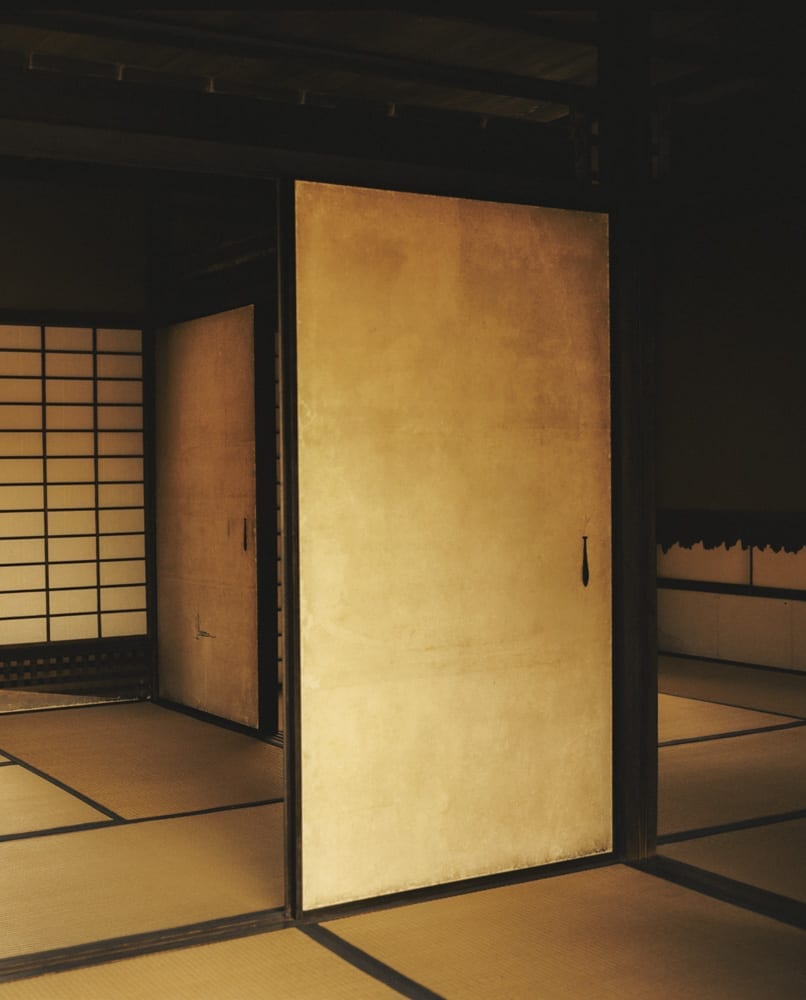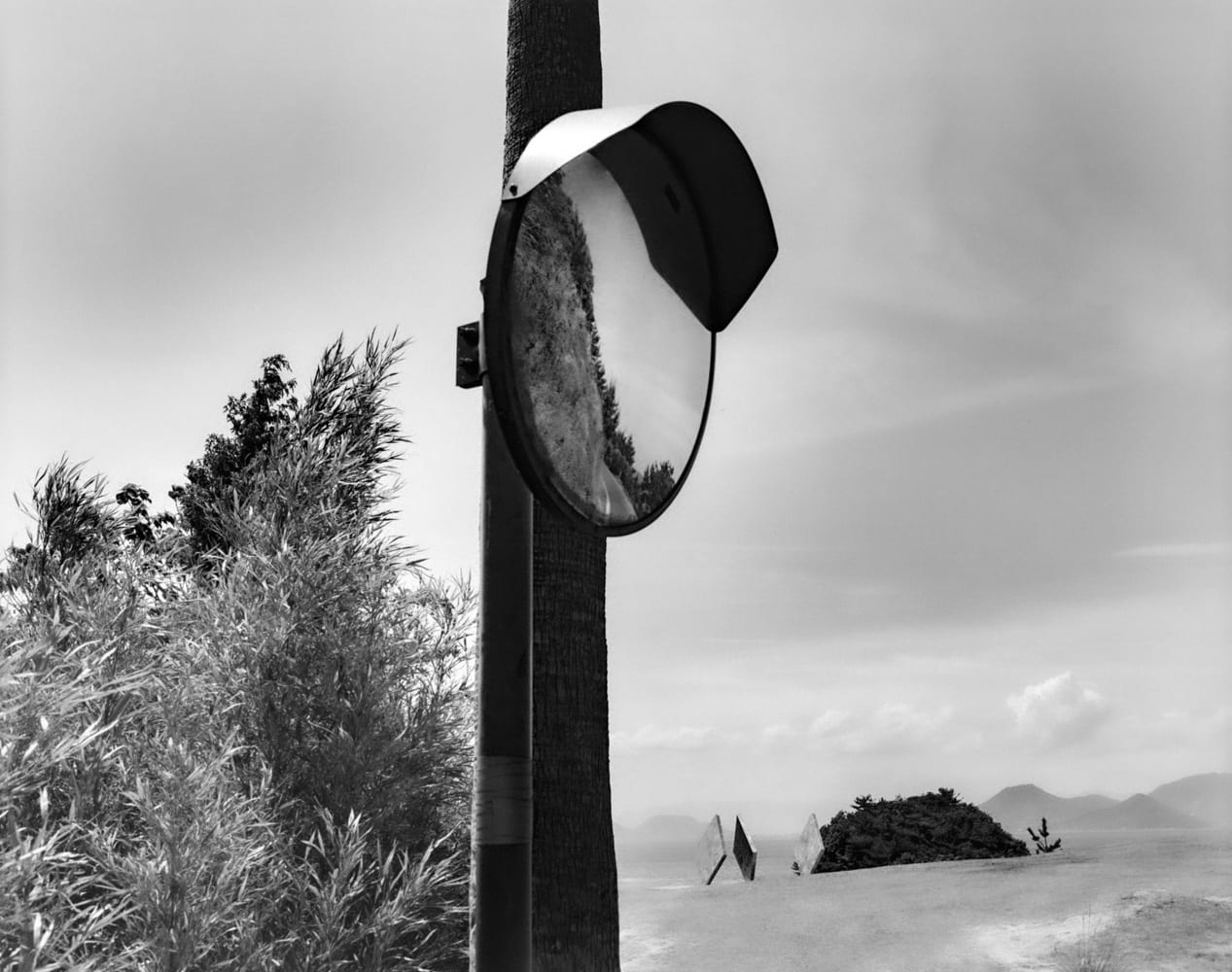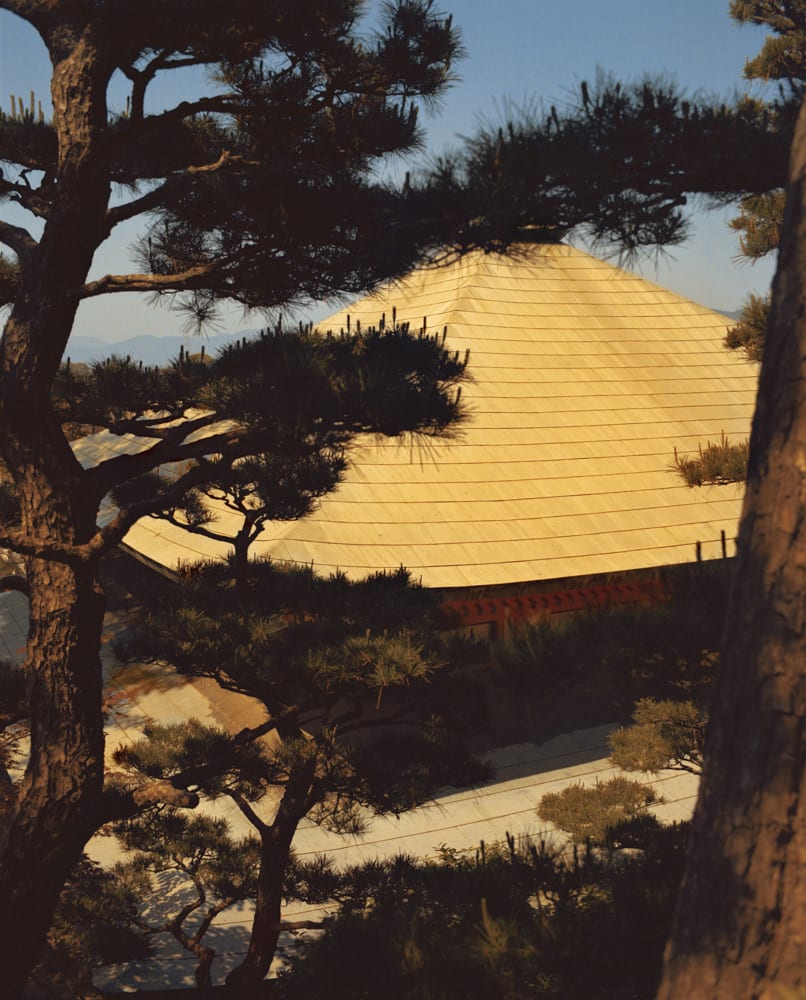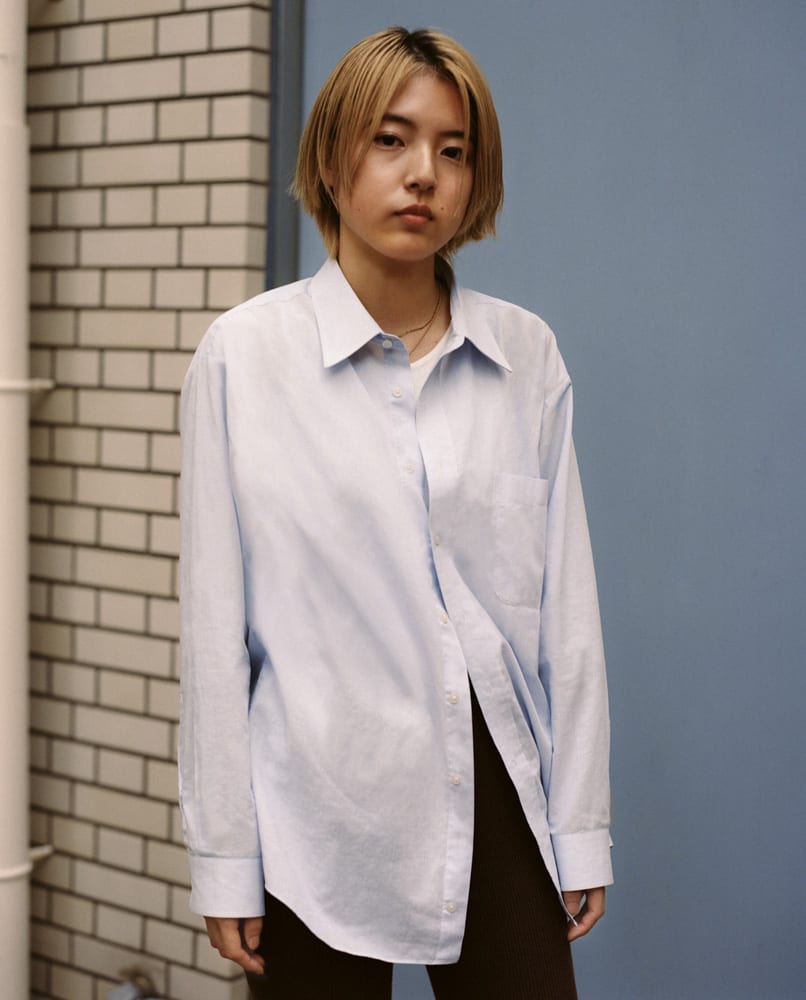There is a sense that many aspects of Emery’s upbringing have influenced her practice and led her to where she is now. German-born, she spent the majority of her teenage years in Singapore, where her father worked for a corporate firm. In the early 1990s, her father and his friends came across a cluster of deserted islands in southern Indonesia called Wakatobi. They learned that its surrounding waters were heavily overfished, and proceeded to fund a diving resort and conservation programme. Now, the islands are a Unesco-protected marine reserve, with the largest number of fish species in the world.
Emery moved to Wakatobi straight out of high school, and it was this early experience of living in contrasting urban and rural environments, witnessing the devastation caused by forest fires and flash floods, that nurtured her desire to find solutions. ”I learned early on about how different environments, cultures, climates and spaces can influence our societies and affect our individual lives, our daily habits, our connection to nature and even our health,” she says.
In 2005, Emery moved to Berlin, after studying fine art in Paris, and began to pursue a career in fashion photography. By 2012, she was living in London, shooting for high-end clients such as British Vogue, Chanel and Tiffany & Co – but ”it wasn’t a job that reflected my character, or my ideals,” she says, ”I always noticed there was a bit of a contradiction”. In the last five years, Emery’s personal and commercial work have collided, evolving into both a personal and shared journey of exploring our relationship with the environment.
”I feel like I’ve found a little more of my voice,” says Emery, who now lives in Hackney, London, where she has created a sustainable home and workspace out of a former 1920s shoe factory. Her life, work and artistic practice are finally aligned. ”I feel like I’ve got the magic code, where I can make it work without having to sell my soul.”

